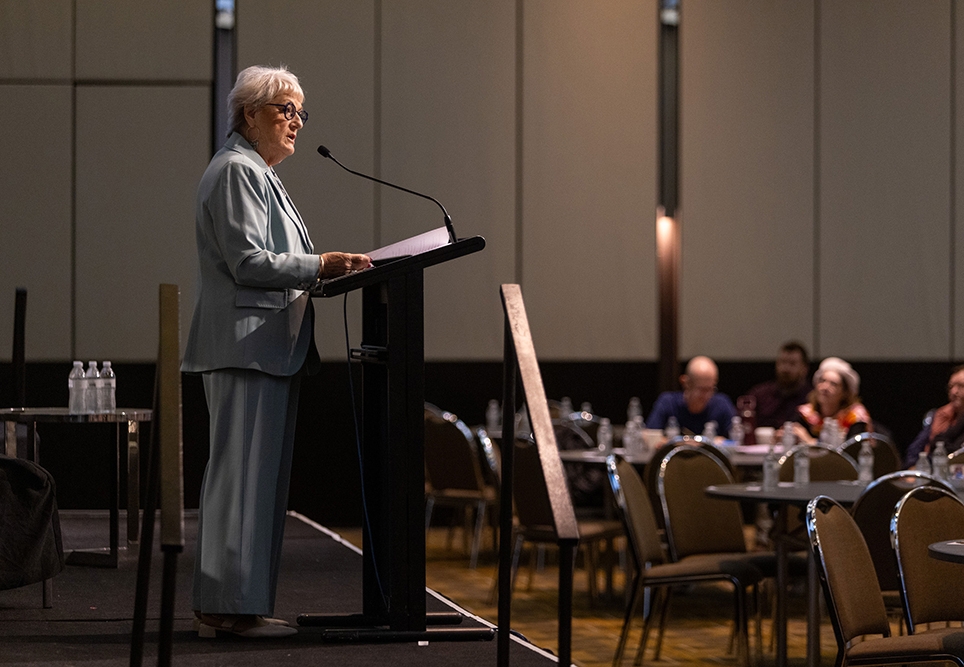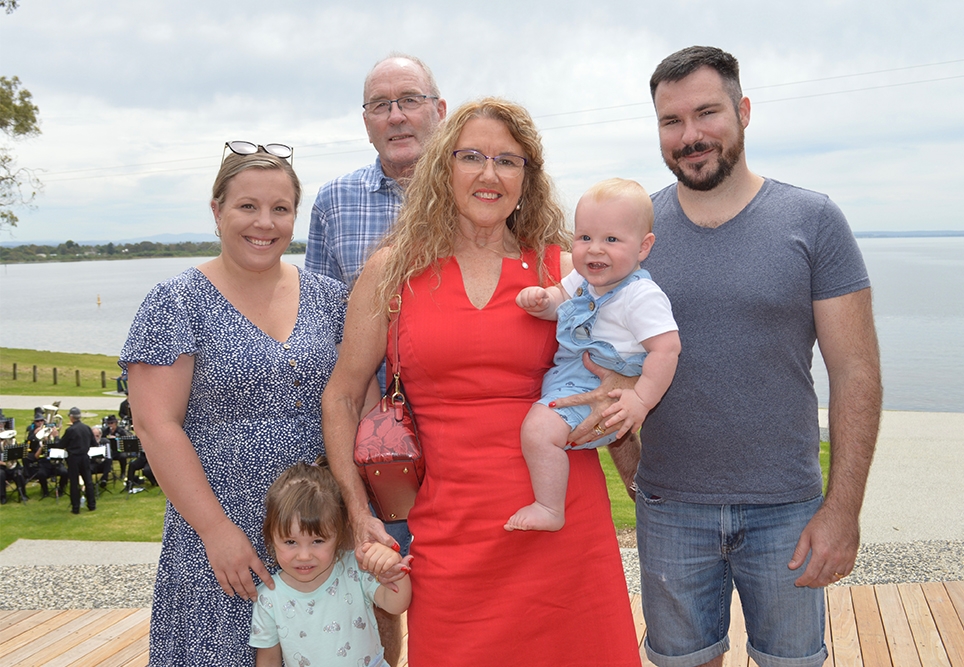
The first glimpse at Sue gives you an insight into the type of person she is. Her glasses, shirt and lippy all in a matching shade of bold, bright red feel like a physical manifestation of her passion, drive and energy.
Sue started relief nursing at Swifts Creek Bush Nursing Centre nearly 28 years ago, and it changed “absolutely everything” for her. Coming from working in a hospital ED where she had support from other staff, she quickly realised that at the bush centre, “you’re it”. After 15 years of relieving, she took over the role of Bush Nurse Manager.
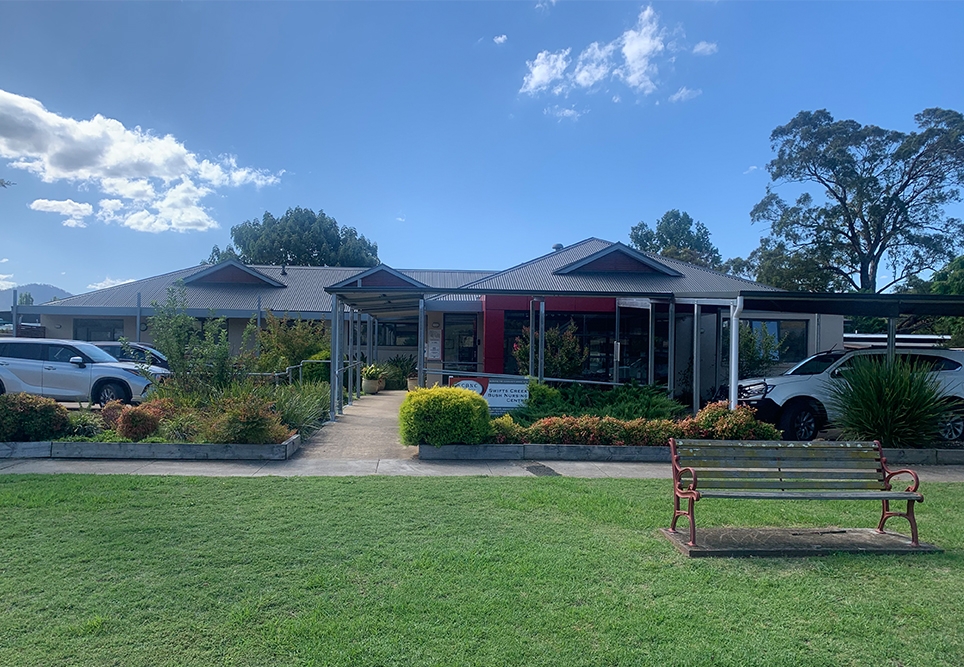
Bush nursing centres are a unique model. They’re private not-for-profit organisations that aren’t affiliated with other health organisations. Each individual bush nursing centre is also unique, and the services it provides to the local community depend on the qualifications and skills of the nurses it employs.
“We also go out for ambulance callouts in our area, so we’re first responders until we can get an ambulance there to transfer them,” Sue says.
“Even though we’re not remote like the Northern Territory or other places like that, because we’re up in the mountains in Victoria there is a delay and we haven’t got an emergency department close by.”
Historically, bush nursing centres were set up with funds raised by local communities, and are still managed by community committees today. Sue explains that she receives partial funding from the Department of Health now, but works hard to secure additional funding elsewhere to ensure she’s providing the care her community needs.
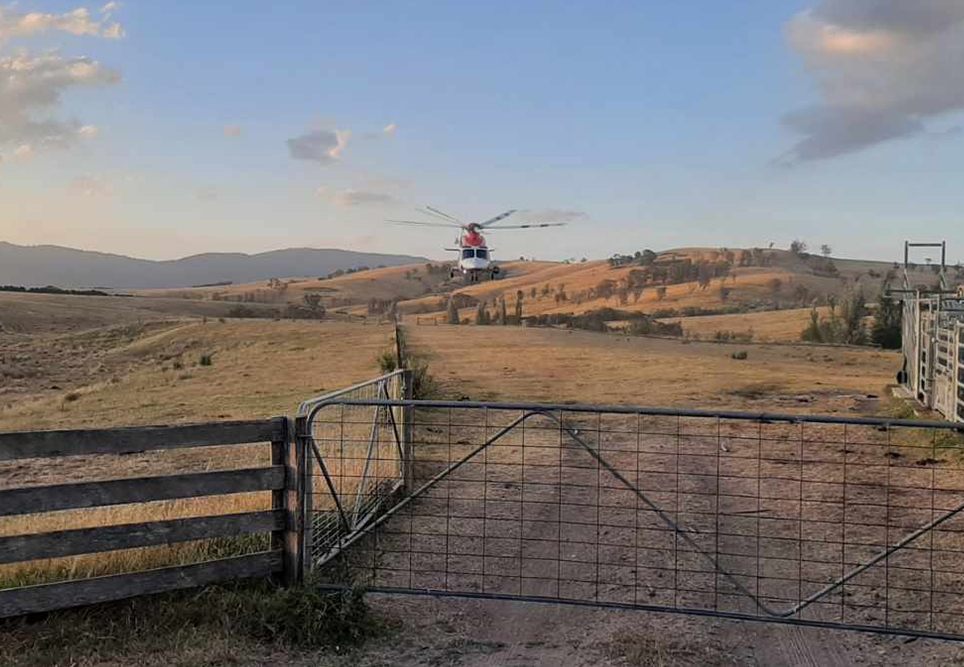
Whether it’s to put a defibrillator down at the general store, to purchase medications, dressings and equipment for ambulance callouts, to run health information nights for women, men or new parents, or to refurbish the centre with a lick of paint and new flooring – if it needs doing, Sue will find a way to make it happen.
“I try to find whatever extra funding I can,” she says.
And as if this doesn’t keep her busy enough, Sue is also in the middle of planning an impressive capital project to benefit the older generations of Swifts Creek.
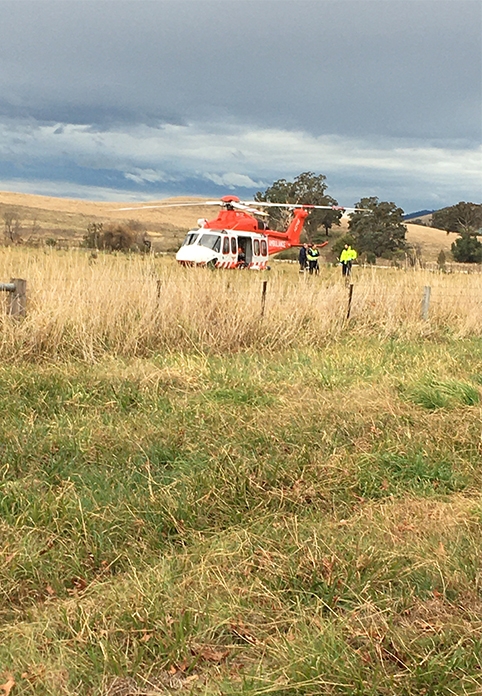
“There’s no housing for elderly people in this area. So many have sold up and moved and then said, ‘I wish I never left. I have left my community and all my connections,’” Sue explains.
“There was a block of land up here, and I said to our committee of management that we need to buy it and we need to build units for over 65s, like a retirement village. When they can’t manage their homes or farms anymore, they can move in there.
“So we had a community meeting and told the community what we wanted to achieve. I convinced the committee to purchase it, because we had enough money that we could buy it, but we have to try and get funding to build these units. We’re still working on it.”
No matter how much work it may be though, Sue loves serving her community.
“It’s all about the health and wellbeing of these people, and keeping them as safe as possible.”
“The thing I love most is knowing that I can make a difference in people’s lives, and that’s what it’s all about.”
Sue admits she has considered heading into retirement, but there’s one thought that pulls her back.
“I’ve still got too much to do.”


